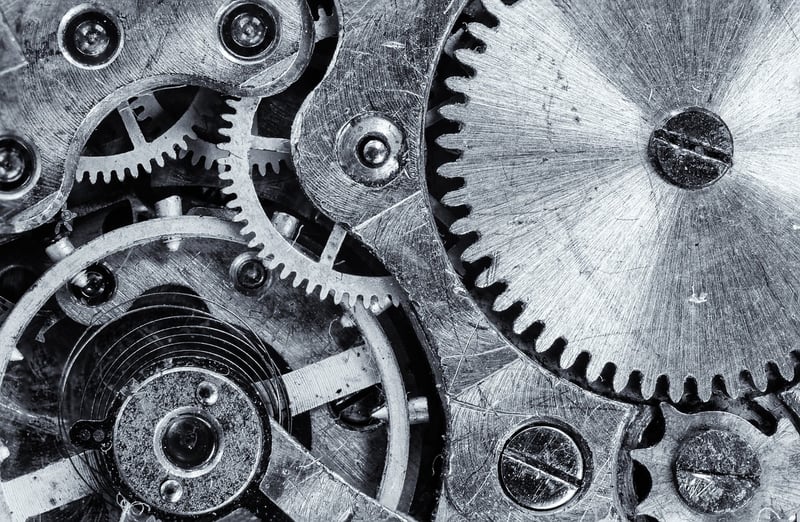Temporal Devices
Tools for Temporal Travel: A Guide to Temporal Devices
Time travel has long been a fascinating concept in science fiction, capturing the imagination of many. While the idea of traveling through time remains theoretical, various devices have been imagined by writers and filmmakers to make this concept more tangible. Let's explore some of the most iconic temporal devices that have graced the pages of books and the screens of cinemas.
1. The TARDIS (Time And Relative Dimension In Space)
The TARDIS is perhaps one of the most recognizable temporal devices in popular culture, featured in the long-running British TV series Doctor Who. This blue police box is much larger on the inside than it appears on the outside and can transport the Doctor and companions to any point in time and space.

2. DeLorean Time Machine
From the iconic Back to the Future film series, the DeLorean Time Machine is a stainless steel sports car modified into a time-traveling device by Doc Brown. With the help of a flux capacitor powered by plutonium (or lightning), Marty McFly and Doc can journey to the past or future.

3. Time-Turner
In the world of Harry Potter, the Time-Turner is a magical device used for time travel. By turning the hourglass pendant, one can go back in time for a few hours. Hermione Granger uses this device to attend multiple classes at once in Harry Potter and the Prisoner of Azkaban.

4. The Time Machine
Originally introduced in H.G. Wells' 1895 novella The Time Machine, this fictional device allows its operator to travel forward and backward in time. The Time Traveler uses it to explore the distant future where he encounters the Eloi and the Morlocks.

5. The Time-Turner Necklace
Another rendition of the Time-Turner is seen in the movie Harry Potter and the Cursed Child. This unique necklace version allows for discreet time travel by rotating the center ring of the device, enabling wearers to revisit specific moments in their past.

While these temporal devices are products of fiction, they continue to captivate audiences and inspire discussions on the nature of time and the possibility of temporal travel. Who knows what the future may hold in terms of real-world innovations in this intriguing field?
